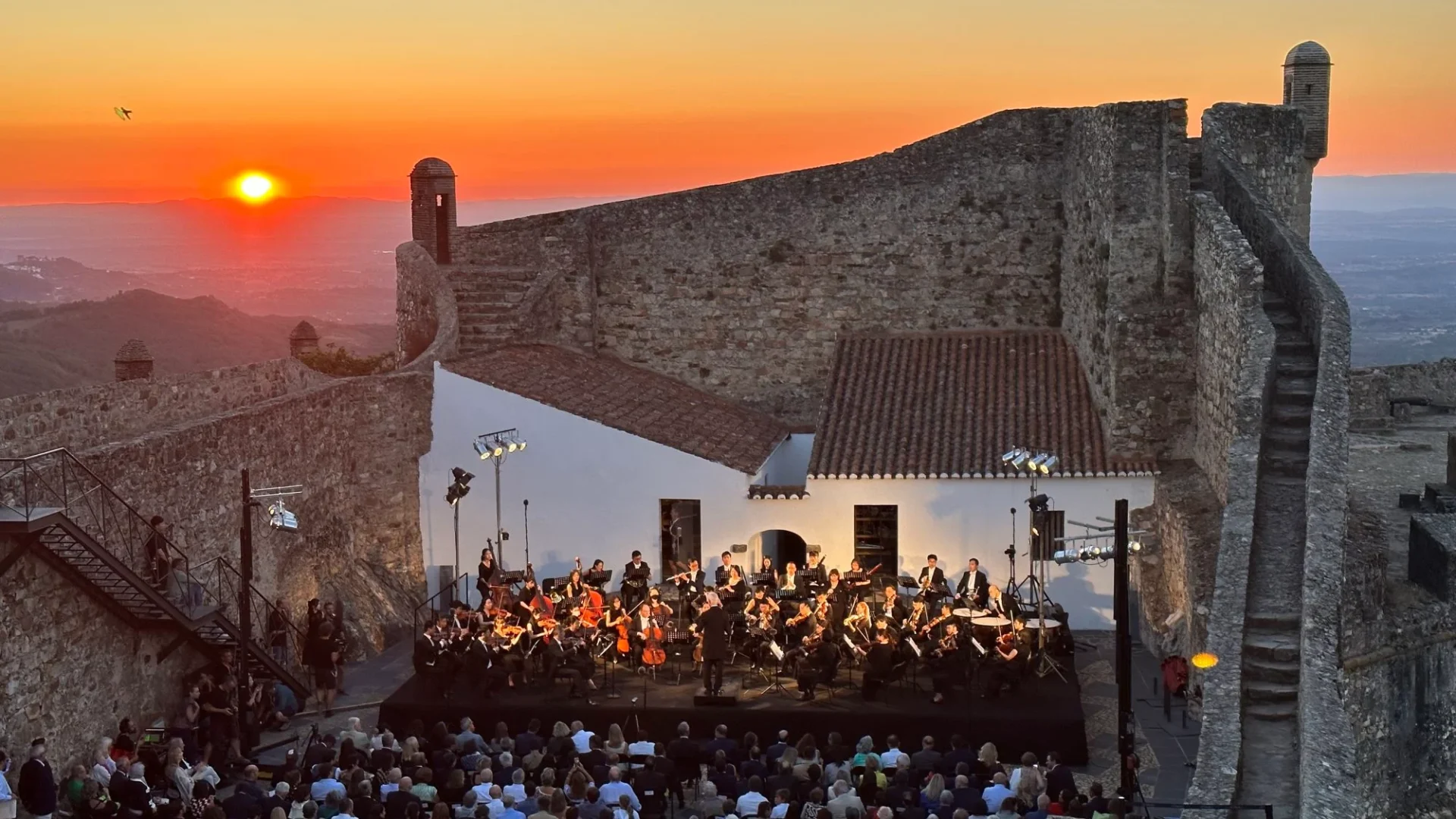In the wake of a three-year hiatus from the international arts scene due to the pandemic, Hong Kong’s performing artists have been fervently reestablishing their global presence. These tours hold added significance as Hong Kong has witnessed profound changes during its physical isolation. Now, more than ever, the city’s artists carry an ambassadorial role, showcasing their resilience and evolving cultural identity on the world stage.
Leading the charge was the Hong Kong Chinese Orchestra. Last December, an ensemble of eight toured Tokyo and Osaka, and by now, the full orchestra has marked its footprints in Singapore, Japan, and has plans for mainland China come November. In January, the Hong Kong Ballet showcased its grandiose rendition of “Romeo + Juliet” in New York and North Carolina. This 2021 production, under artistic director Septime Webre, draws its backdrop from the vibrant 1960s Hong Kong, elegantly fusing traditional and modern elements.
July saw the Hong Kong Sinfonietta grace stages in France’s Festival International de Piano de la Roque d’Antheron and Portugal’s Marvao International Music Festival. Not far behind, the Hong Kong Philharmonic Orchestra gears up for a majestic tour encompassing Asia and Europe. The spotlight isn’t just on the major players; summer witnessed the Asian Youth Orchestra touring Europe and Asia, while the City Chamber Orchestra of Hong Kong introduced London audiences to Leanne Nicholls’ nature-themed musical, “Wild.”
The international success of these performances raises a question: How do they reshape global perceptions of a Hong Kong reeling from 2019’s anti-government protests and China’s 2020 national security law? The government, partially funding these tours, uses them to underline the success of China’s “one country, two systems” framework, emphasizing Hong Kong’s identity as a fusion of Eastern and Western cultures.
Gilford Law, director general of the London ETO, at “Wild”’s premiere, celebrated the musical as a testament to Hong Kong’s distinctive cultural blend, facilitated by the “one country, two systems” dynamic. However, political undercurrents sometimes cloud foreign critique. An American critic hinted at Beijing’s influence on Hong Kong Ballet’s restrained rendition of Romeo + Juliet, suggesting a disapproval of overtly sensual dance expressions. Yet, Heidi Lee, Hong Kong Ballet’s executive director, confidently counters, highlighting Hong Kong’s unique artistic legacy and the potential to connect with global audiences irrespective of political nuances.
Webre, while discussing Romeo + Juliet, emphasized its significance in painting a positive image of Hong Kong abroad, embodying the city’s rich cultural tapestry. Margaret Yang, chief executive of the Hong Kong Sinfonietta, shared a broader perspective, focusing on the universality of music as a medium transcending cultural divides.
While the financial returns of international tours might not be lucrative, their cultural and symbolic significance is priceless. The relentless commitment of these groups to showcase Hong Kong’s evolving artistic legacy to the world is a testament to their dedication and resilience.
